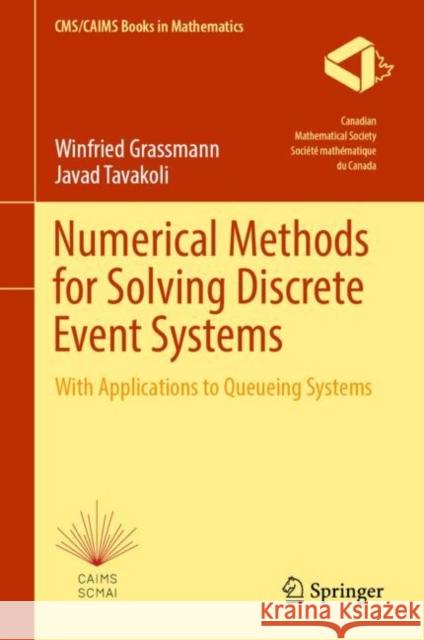Numerical Methods for Solving Discrete Event Systems: With Applications to Queueing Systems » książka
topmenu
Numerical Methods for Solving Discrete Event Systems: With Applications to Queueing Systems
ISBN-13: 9783031100819 / Angielski / Twarda / 2022 / 360 str.
Numerical Methods for Solving Discrete Event Systems: With Applications to Queueing Systems
ISBN-13: 9783031100819 / Angielski / Twarda / 2022 / 360 str.
cena 342,14
(netto: 325,85 VAT: 5%)
Najniższa cena z 30 dni: 327,68
(netto: 325,85 VAT: 5%)
Najniższa cena z 30 dni: 327,68
Termin realizacji zamówienia:
ok. 22 dni roboczych
Dostawa w 2026 r.
ok. 22 dni roboczych
Dostawa w 2026 r.
Darmowa dostawa!
Kategorie:
Kategorie BISAC:
Wydawca:
Springer International Publishing AG
Seria wydawnicza:
Język:
Angielski
ISBN-13:
9783031100819
Rok wydania:
2022
Ilość stron:
360
Wymiary:
23.5 x 15.5
Oprawa:
Twarda











